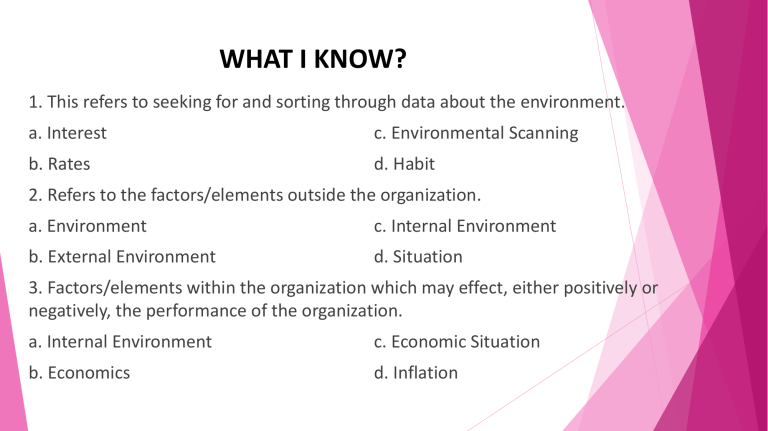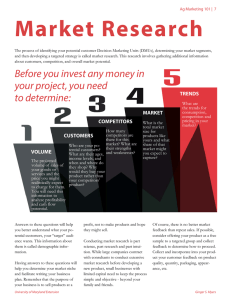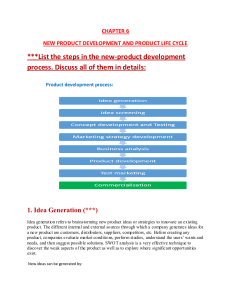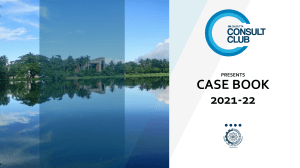Business Environment: Scanning, Forces, and Analysis
advertisement

WHAT I KNOW? 1. This refers to seeking for and sorting through data about the environment. a. Interest c. Environmental Scanning b. Rates d. Habit 2. Refers to the factors/elements outside the organization. a. Environment c. Internal Environment b. External Environment d. Situation 3. Factors/elements within the organization which may effect, either positively or negatively, the performance of the organization. a. Internal Environment c. Economic Situation b. Economics d. Inflation THE BUSINESS ENVIRONMENT -Is defined as the total surroundings, which have a direct or indirect bearing on the functioning of business. The Environmental Forces: 1.Sociocultural Environment-refers to the structure and dynamics of individuals and groups and their behaviors, beliefs, lifestyles, interpersonal relationship, poverty, life expectancy rate and literacy. 2.Political Environment-this includes the political form, government policies, and attitude towards the business community. THE ENVIRONMENTAL FORCES 3.Technological Environment-includes the methods, techniques and approaches adopted for product goods and services and its distribution. 4.Legal Environment-refers to the set of laws, regulations, and legalities that affect the business operations. 5.Competition- “Know thy competitors” is the rule of the thumb in the industry. 6.Economic Environment-refers to economic growth,interest rates, foreign exchange rates, unemployment rates and globalization of the economy. PHASES OF BUSINESS DEVELOPMENT Phase One: Launch Each company begins its operations as a business and usually by launching new products or services. During this phase, sales are low, but slowly(and hopefully steadily) increasing. Phase Two: Growth During this phase, companies experience rapid sales growth. Phase Three: Shake-out During this phase, sales continue to increase, but at a slower rate, usually due to either approaching market saturation or the entry of new competitors in the market. Phase Four: Maturity When the business matures, sales begin to slowly decrease. Profit margins get thinner, while cash flow stays relative stagnant. However, it’s important to note that many businesses extend their business life cycle by reinventing themselves and investing in new technologies and emerging markets. Phase Five: Decline During this phase, sales profit and cash flow all decline. Companies accept their failure to extend their business life cycle. Firms lose their competitive advantage and finally exit the market. TWO TYPES OF BUSINESS FRAMEWORK PEST ANALYSIS FRAMEWORK: ·Political-is how the government intervenes in the economy. ·Economic-taxes, interest rates, inflation, the stock markets and consumer confidence have to be taken into account. ·Social-changes in lifestyle and buying trends, media, major events, ethics, advertising and publicity factors. ·Technological-innovations, access to technology, licensing, manufacturing, research funding and global communications. SWOT ANALYSIS FRAMEWORK · Strengths-the edge that you have over the competitors ·Weakness-the disadvantages or internal characteristics that work against a successful outcome compared to the competitors. ·Opportunities-current external factors or trends that can be used to be taken advantage. ·Threats-current external factors which may cause a problem to cause a negative impact and can jeopardize the business. PERFORMANCE TASK NO. 4 Interview one of your relatives or friends who is working at a market place, post offices, hardwares, department stores and banks places in your locality. Take note of the changes that have taken place due to environmental forces that you have learned.







